22 Best Sector Funds to Buy to Juice Your Portfolio
Sector funds can be a good choice for investors of several stripes.


Sector funds can be a good choice for investors of several stripes. They can help aggressive investors who want to maximize their exposure to a part of the economy they expect will outperform. Sector funds also can be used to position portfolios defensively during market downturns.
When you invest in a sector via a mutual fund, exchange-traded fund or closed-end fund, you can capture profits from a particular market theme or economic-cycle stage while avoiding the risk associated with holding too few stocks. You also avoid the high transaction costs that would be required to build a basket of similarly-themed securities.
For instance: Investors who believe health care costs will rise in sync with America’s aging population may do better betting on a broad health care sector fund rather than taking a risk on a couple pharmaceutical companies and a health care provider. During periods of rising interest rates, consumer discretionary funds and financial ETFs often perform well due to increased business borrowing and consumer-related spending. Defensive sector funds can help investors ride out economic storms thanks to their stability and income potential.
The stock market is most commonly divided into 11 major sectors, each representing a key segment of the economy. So, here are 22 sector funds – two funds from each sector to consider. Each fund addresses a major market theme, has a long track record and maintains a broad, well-diversified portfolio.
Disclaimer
Data is as of Nov. 26, 2018. Yields represent the trailing 12-month yield, which is a standard measure for equity funds.
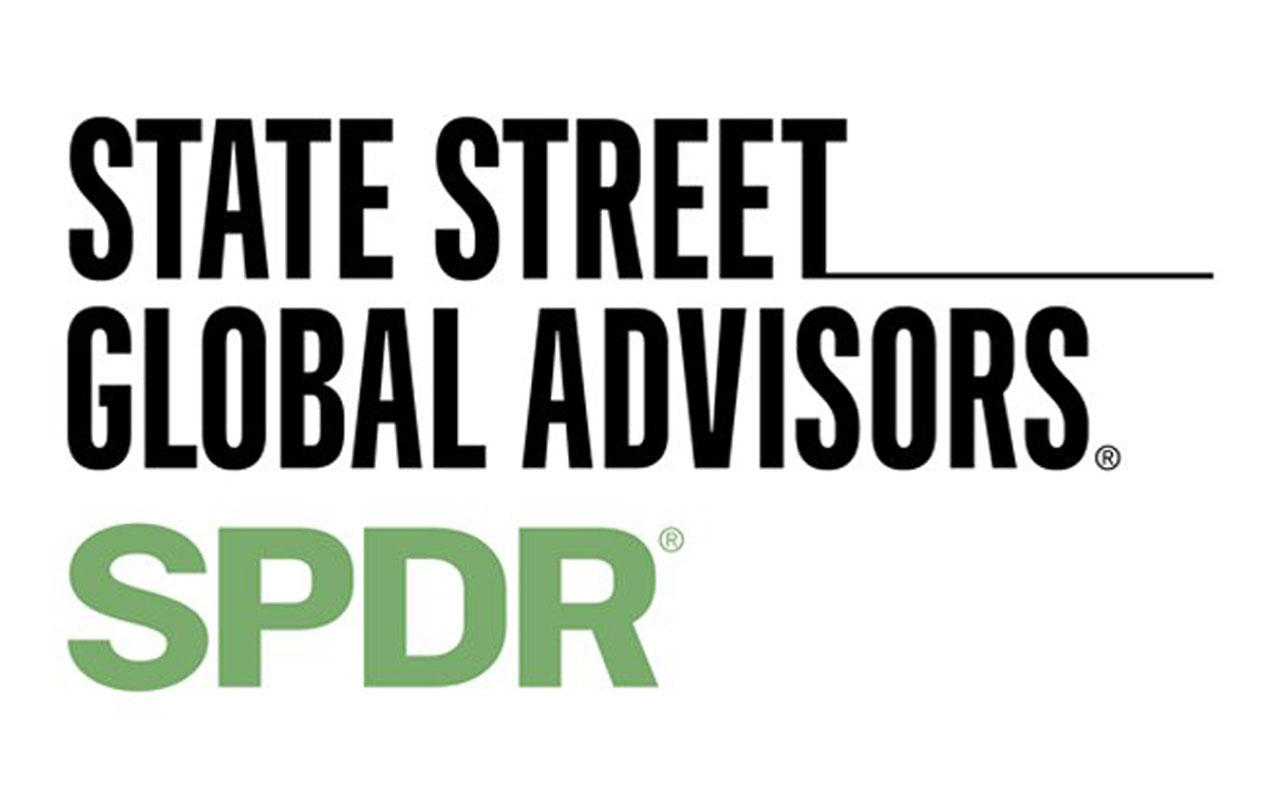
Consumer Staples Select Sector SPDR
- Market value: $9.6 billion
- Dividend yield: 2.7%
- Expenses: 0.13%
Funds such as the Consumer Staples Select Sector SPDR (XLP, $54.86) invest in consumer staples stocks that produce goods and services that people regularly use. Steady demand for underlying products such as food, beverages and personal care items makes this one of the least volatile sectors of the economy.
The nearly two-decades-old XLP is managed by State Street Global Advisors, the world’s third largest asset manager with approximately $2.7 trillion of assets under management.
The portfolio consists of just more than 30 stocks, most heavily weighted in beverages (25.9%), household products (22.3%) and food & staples retailing (20.5%). And because XLP is market-cap-weighted, mega-cap Procter & Gamble (PG) makes up the largest holding at 13.7% of the fund’s assets, followed by Coca-Cola (KO) at 11.2%. Other notable names include tobacco stocks Philip Morris International (PM) and Altria (MO), as well as big-box retailers Walmart (WMT) and Costco (COST).
This focus on defensive blue chips also results in a 2.7% dividend yield, paid quarterly, that makes XLP one of the higher-yielding sector funds. It also results in an equity beta of 0.3, indicating that the fund is only about 30% as volatile as the overall U.S. stock market. Meanwhile, XLP’s 0.13% expense ratio is about 70% cheaper than the average expense ratio of 0.43% in this category.
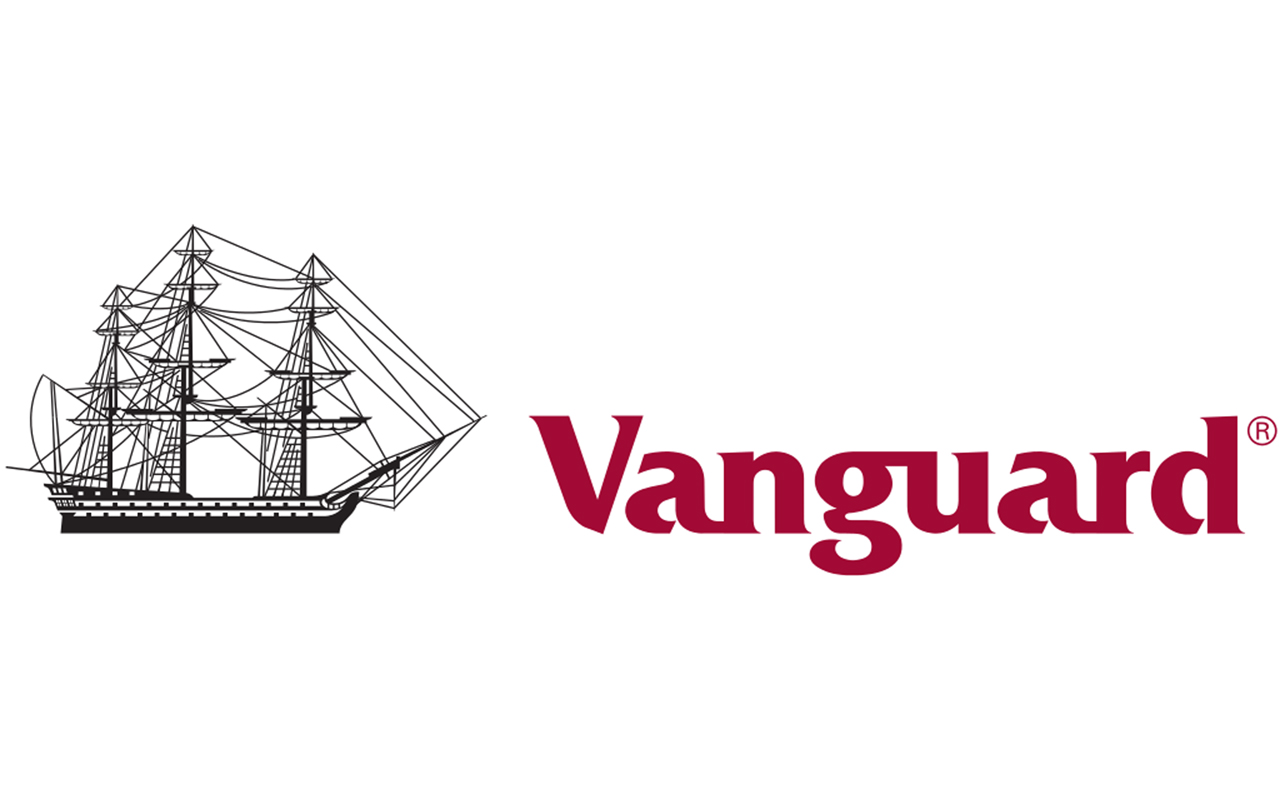
Vanguard Consumer Staples ETF
- Market value: $4.4 billion
- Dividend yield: 2.6%
- Expenses: 0.10%
- Vanguard Consumer Staples ETF (VDC, $141.52) is less than half the size of SPDR’s sector fund, by assets, but more diversified, as it holds 93 stocks, including a handful of foreign companies.
That said, up top, VDC looks awfully similar to the XLP, especially its top 10 holdings, which are exactly the same in name, just with different weights.
VDC’s top 10 holdings represent 63% of the portfolio and are identical to the top holdings of the SPDR fund, but weighted differently. Nonetheless, P&G and Coke still are mammoth parts of the portfolio at a combined 22%, with PepsiCo (PEP) at 8.4% and Walmart at 7.8%.
Vanguard’s ETF is cheaper, though, at just 0.1% in expenses, making it more affordable than both the SPDR option and most other funds in the consumer staples category. And while it performs similarly to XLP across most time frames, it does have the long-term edge at 12.27%-11.77% average annual returns over the past decade.
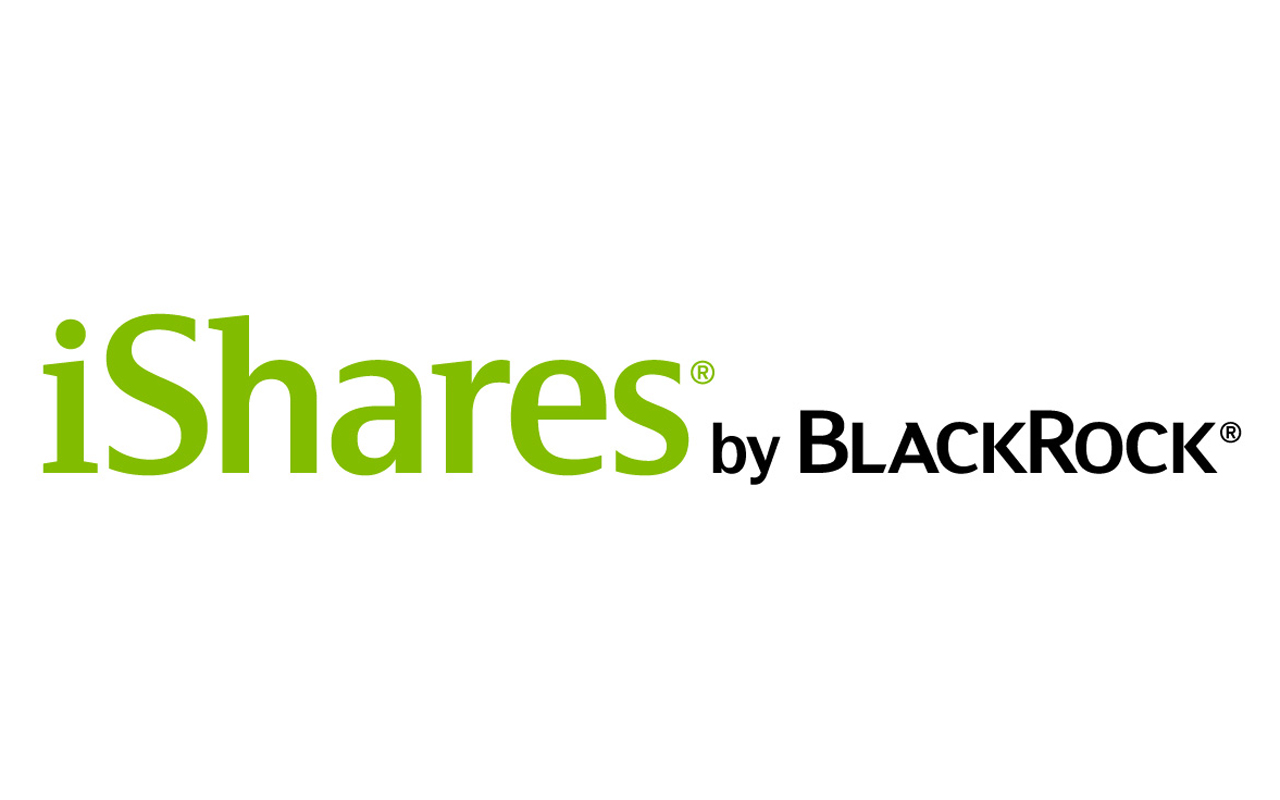
iShares Global Communications Services ETF
- Market value: $230.6 million
- Dividend yield: 4.3%
- Expenses: 0.47%
Telecommunications funds such as the iShares Global Communications Services ETF (IXP, $53.03) benefit from current themes such as increasing demand for broadband, faster Internet speeds and global growth in mobile data volume. IXP’s principal holdings are telecom stocks, but recent changes to the Global Industry Classification Standard (GICS) have thrown other industries into the mix, such as media, entertainment and search engines.
Top-10 holdings such as telecoms AT&T (T) and Verizon (VZ) are to thank for the high dividend yield. Meanwhile, overweight holdings such as Google parent Alphabet (GOOGL, 19%) and Facebook (FB, 9.5%) typically are expected to contribute to the fund’s growth – though the threat of increased regulatory scrutiny of these companies have dampened returns of late.
IXP is a “global” fund, of course, so about a third of its holdings are international in nature, including an 8% position in Chinese stocks and another 7.2% in Japan. In fact, China internet giant Tencent Holdings (TCEHY) and Japanese conglomerate SoftBank (SFTBY) are among the fund’s top 10 holdings.
Investors should know, however, that IXP’s expenses are above the category average 0.25%.
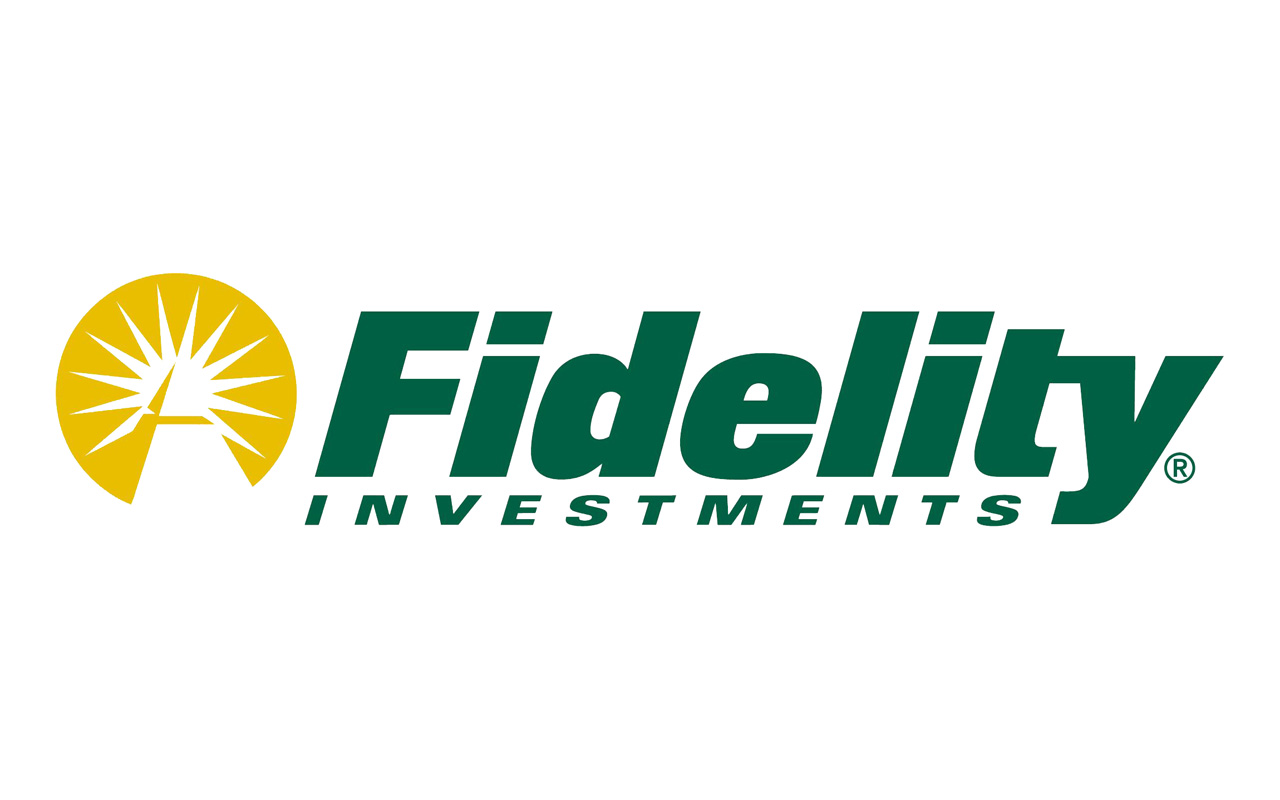
Fidelity Select Wireless Portfolio
- Market value: $249.3 million
- Dividend yield: 1.4%
- Expenses: 0.83%
- Fidelity Select Wireless Portfolio (FWRLX, $9.86) is another telecommunications sector fund that has some international flair.
FWRLX is a mix of roughly 75% American stocks and 25% foreign stocks. internationally focused than the iShares telecom sector fund. Like IXP, FWRLX invests not just in telecom stocks, but also entertainment, technology hardware, storage and peripheral, semiconductor and even cell-tower real-estate companies.
The fund is made up of 50 holdings, though the top 10 account for a whopping 65% of the portfolio’s weight. Concentrated assets include the likes of Apple (AAPL), Verizon, Qualcomm (QCOM) and cell-tower REIT American Tower (AMT).
Fidelity Select Wireless is a mix of roughly 75% American stocks and 25% foreign stocks. This fund also invests across more categories. In addition to telecom and entertainment stocks, FWRLX owns technology hardware, storage and peripheral, semiconductor and cell tower REIT stocks. Portfolio turnover is relatively high at 85% per year and the fund’s 0.89 equity beta indicates price swings comparable to the broader stock market.
FWRLX, rated five stars by Morningstar, was established 18 years ago and has returned 3.4% since its inception. Better still, the fund has beaten its wireless benchmark index over every meaningful time frame, including 13.9%-9.7% in the trailing 10 years, and 8.1%-5.5% in the trailing three years.
Dividends are paid semi-annually (April and December), and the expense ratio of 0.83% is below-average for this category.

Vanguard Energy
- Market value: $8.4 billion
- Dividend yield: 3.2%
- Expenses: 0.38%
Energy has been beaten down hard in the final quarter of 2018. The sector has sold off significantly as oil entered a bear market (a drop of 20% or more from a peak.) As a result, however, many oil and gas stocks are trading at a significant discount to proven reserves.
- Vanguard Energy (VGENX, $49.26) is an actively managed energy fund that invests in oil, natural gas and coal stocks. The fund’s advisor, Wellington, manages more than $1 trillion of assets for 2,200 institutions worldwide.includes 125 stocks, with foreign companies taking up about a third of assets under management. The top 10 holdings are a who’s who of world energy majors, including Exxon Mobil (XOM, 8.2%), Chevron (CVX, 6.5%), British-Dutch firm Royal Dutch Shell (RDS.A, 5.0%) and France’s Total SA (TOT, 4.4%).
Management merits its fees, earning the fund a top five-star rating from Morningstar and outperforming its benchmark index over the past one-, three-, five-, 10- and 15-year periods.
VGENX does this with a scant 24% portfolio turnover rate. Meanwhile, it charges 0.38%, which Vanguard says is 72% lower than the category average. Just note that the fund requires a minimum initial purchase of $3,000.

Fidelity Advisor Energy
- Market value: $790.0 million
- Dividend yield: 1.5%
- Expenses: 1.11%
- Fidelity Advisor Energy (FANAX, $29.61) invests in conventional energy sources such as oil, gas, electricity and coal, as well as newer forms of energy like nuclear, geothermal, shale oil and solar. This fund launched 32 years ago and has had the same portfolio manager (John Dowd) for the past 12 years.
FANAX is a bit more concentrated than Vanguard’s energy offering, at 74 holdings at present. While there are plenty of oil giants in the fund’s top 10 positions, and while several of the top holdings are the same, Fidelity Advisor Energy does elevate a few stocks to more prominence, including EOG Resources (EOG) and Delek US Holdings (DK). Portfolio is also more than twice that of VGENX at 56%.
The fund’s 1.11% expense ratio is considered low compared to its competitors, but a hefty 5.75% maximum sales charge does weigh on performance. FANAX has slightly underperformed its benchmark over several time periods. However, if you can get expenses down – either by investing more initially, or by purchasing other share classes via qualified accounts – Fidelity Advisor Energy is much more competitive.
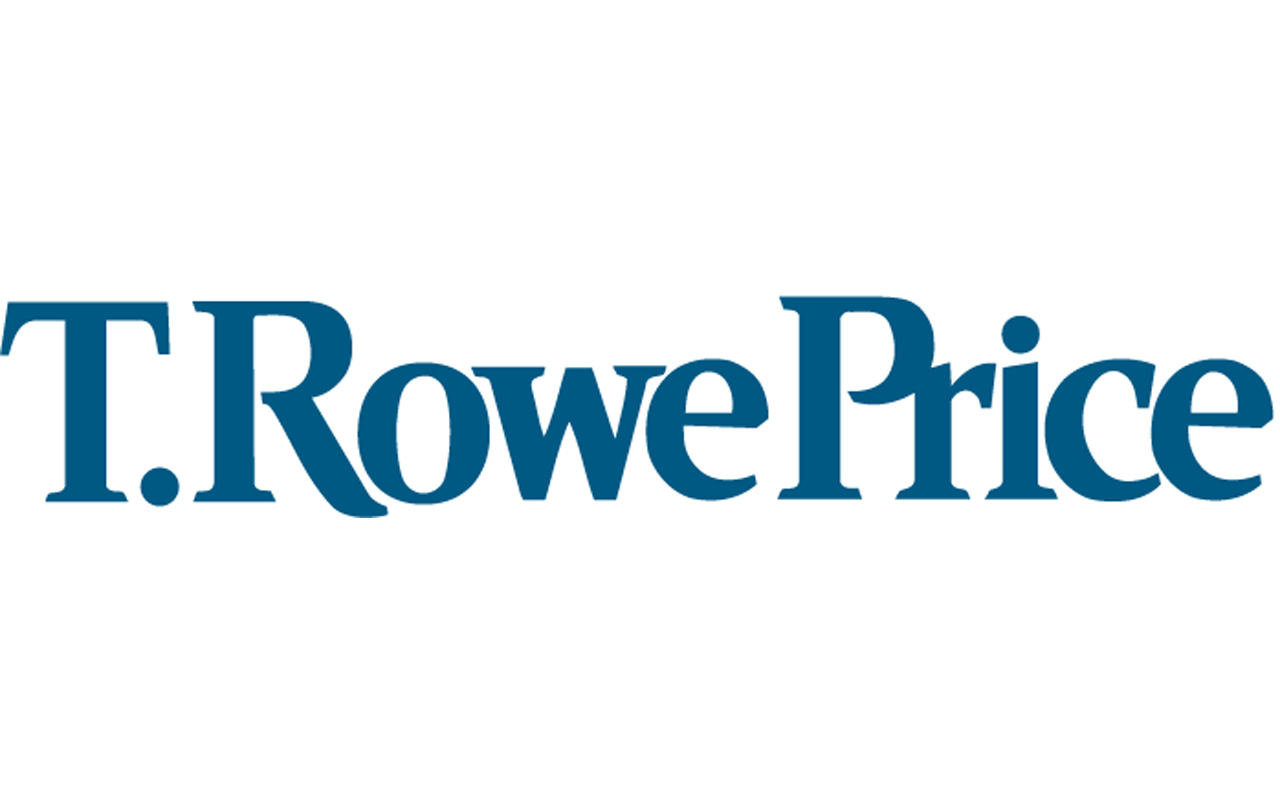
T. Rowe Price Health and Science
- Market value: $12.6 billion
- Dividend yield: N/A
- Expenses: 0.77%
Health care funds are generally considered defensive in nature because demand for medical care is unrelated to economic cycles. And T. Rowe Price Health and Science (PRHSX, $77.14), which invests at least 80% of its net assets in health care and/or life sciences companies, is an appropriate way to buy into this sector.
This T. Rowe Price fund is designed to deliver long-term capital appreciation, not income – in fact, it doesn’t pay a dividend.
PRHSX’s portfolio contains just more than 200 health care stocks – more than 90% of that domestic, with single-digit international holdings, as well as a smattering of convertible debt, preferred stock and cash. The fund is most heavily invested in biotechnology (32.1%) but has significant holdings in services (25.2%), products & devices (18.2%) and pharmaceuticals (15.5%). It also holds some life sciences companies (8.4%).
The fund also isn’t heavily concentrated in its larger holdings, with the top 10 positions representing a modest 36.7% right now. That includes the likes of Alexion Pharmaceuticals (ALXN), insurer Anthem (ANTM) and medical devices company Becton Dickinson (BDX).
PRHSX launched in 1995 and has pummeled its benchmark for most of the time since. Its five- and 10-year returns have not only beaten the average health care fund, but also the broader market. Year-to-date, the fund has returned about 9% compared to just 2% for the Standard & Poor’s 500-stock index.
That performance is relatively inexpensive, too, with fees coming in about 44% cheaper than the category average.

Fidelity Advisor Healthcare
- Market value: $3.5 billion
- Dividend yield: None
- Expenses: 1.05%
- Fidelity Advisor Healthcare (FACDX, $49.07) is similar to PRHSX in that it’s a broad bet on health care stocks, though its portfolio investments are differently concentrated. That is, health care equipment is top dog at 29.5%, followed by biotechnology (22.4%), managed health care (19.6%), pharmaceuticals (14.9%) and a smattering of other categories such as health care facilities, health care tech and application software.
That makes FHCIX slightly less aggressive than the T. Rowe Price fund. However, management isn’t so passive – it turns over about 81% of the portfolio annually, which can be a slight drag on expenses while heightening risk. At the moment, insurer UnitedHealth Group (UNH), Becton Dickinson and Boston Scientific (BSX) are atop the fund’s holdings, though it also has positions in biotech stock Amgen (AMGN) and hospital company HCA Holdings (HCA).
This 22-year-old fund enjoys a top five-star rating from Morningstar for its longtime category outperformance. The only real issue with this fund is its expenses. Fees are considerably higher than the T. Rowe Price offering, and the A share class charges a max sales load of 5.75%. But again, other share classes have lower fees and smaller (or even nonexistent) sales charges.

Red Oak Technology Select
- Market value: $530.1 million
- Dividend yield: 0.4%
- Expenses: 0.96%
Technology has long been one of the most growth-oriented sectors of the economy, though it also has been one of the most volatile. Nonetheless, exposure to industry trends such as cloud computing and big data have brought outsize rewards to investors in tech stocks.
- Red Oak Technology Select (ROGSX, $26.21) reduces risk somewhat by not chasing high-risk growth and instead focusing on larger-cap companies with sustainable advantages. You can see that in top holdings Microsoft (MSFT), Amazon.com (AMZN), Alphabet, Cisco Systems (CSCO) and Apple. This admittedly hasn’t been a recipe for success lately, amid a recent broad tech downturn, but it has worked out swimmingly for longer-term investors.
This is a tight portfolio of just 36 securities, with heavy weightings in software (25.2%), interactive media & services (15.9%), and technology hardware storage & peripherals (15.3%), though it also holds other industries such as semiconductors and semiconductor equipment (14.4%) and IT services (9.6%).
The fund advisor, Oak Associate Funds, has been around for 33 years and was formed by Firestone’s former head of pension investments. ROGSX has had the same portfolio manager for 12 years and invests with a long-term focus that keeps turnover in the portfolio minimal at just 16% a year.
Charles Schwab recently named Red Oak Technology Select Fund to its Mutual Fund OneSource Select List. The OneSource Select List recognizes funds that have passed a rigorous screening for performance, risk and expenses. The fund has outperformed its benchmark – the S&P 500 Equal Weight Information Technology Index – with 20.2% average annual returns over the past decade through the end of October, versus 19.3% for the index. Its expenses are below the tech-fund category average, too.

Vanguard Information Technology ETF
- Market value: $19.0 billion
- Dividend yield: 1.1%
- Expenses: 0.1%
The Vanguard Information Technology ETF (VGT, $176.03) is an index fund that offers a much more diversified portfolio of more than 300 stocks, as well as a dirt-cheap expense ratio that’s 92% lower than the average among funds with similar holdings.
VGT invests mainly in companies that serve the electronics and computer industries or manufacture products based on the latest applied science. Areas of heavy portfolio concentration are technology hardware storage & peripherals (21.4%), systems software (19.4%), processing & outsourced services (15.3%) and semiconductors (15%). The top 10 holdings are a bit concentrated at about 57% of assets, including large positions in Apple, Microsoft, Visa (V) and Intel (INTC). The portfolio barely budges, either, with turnover at a lean 6.7%.
VGT’s performance in the short- and long-term is competitive both with the Red Oak fund and the fund’s benchmark technology index. It also pays a modest quarterly dividend that currently yields a little more than 1%.

Vanguard Consumer Discretionary ETF
- Market value: $2.7 billion
- Dividend yield: 1.2%
- Expenses: 0.1%
Consumer discretionary companies specialize in goods and services that consumers want, but don’t necessarily need – or at least don’t need to consume every day – such as designer clothes and high-definition TVs. These businesses tend to do best when the economy roars.
- Vanguard Consumer Discretionary ETF (VCR, $160.76) has benefited from a 2018 boom in consumer spending. The fund’s sector concentrations include benefits from a 2018 boom in consumer spending and has sector concentrations in Internet and direct retail marketing (26.6%), restaurants (12.2%), home improvement retail (10.1%) and a wide number of other retail, leisure and other businesses.
That provides diversification, as does the fund’s positioning in 325 different stocks. However, investors should note that just more than half the fund’s weight rests in a mere 10 stocks, including Amazon.com, Home Depot (HD), McDonald’s (MCD), Nike (NKE) and Priceline parent Booking.com (BKNG).
Most important is that Amazon position, which makes up literally 20% of the fund. That’s good in boom times for AMZN, but it has weighed on VCR considerably amid the e-commerce giant’s tumble into bear-market territory.
As an index fund, VCR’s performance typically is nearly identical to its benchmark index.

Consumer Discretionary Select Sector SPDR
- Market value: $13.0 billion
- Dividend yield: 1.2%
- Expenses: 0.13%
Another affordable index fund in this sector is the Consumer Discretionary Select Sector SPDR (XLY, $104.31), and it is very similar to the Vanguard fund in many respects. Amazon is an outsize holding at more than 20% of the portfolio’s weight, and Home Depot, McDonald’s, Nike, Lowe’s (LOW) and other top-10 holdings in VCR are right at the top of XLY, too.
There are a couple small differences, however.
For one, VCR actually has a meaningful (1% or more) holding in electric-vehicle maker Tesla (TSLA) – a noticeable absence in XLY. The SPDR product also has a slightly higher expense ratio at 0.13%, though that’s still well below the consumer discretionary fund category. XLY also enjoys a slight performance advantage over the Vanguard option in the trailing one-, three- and five-year periods.

T. Rowe Price Financial Services
- Market value: $816.3 million
- Dividend yield: 0.9%
- Expenses: 0.85%
Bank stocks tend to perform well when the economy is strong, and when interest rates are rising – making this an opportune time to own a financial-sector fund.
The T. Rowe Price Financial Services (PRISX, $27.71) is a blended portfolio that includes investments in banks (38.8%), insurance (23.7%), capital markets (11.5%), finance (8.3%) and real estate (5.8%), with a small bucket of miscellaneous (3.5%) holdings.
PRISX holds just more than 100 stocks, turned over at a rate of about 55% per year, mostly in the smaller holdings. The portfolio is well-diversified, with the top 10 holdings representing only about a third of the fund’s weight – that means you don’t just have a couple companies determining most of the fund’s performance. Core holdings include “Big Four” banks such as JPMorgan (JPM) and Citigroup (C), as well as payment processor Visa, finance/insurance giant American International Group (AIG) and regional bank Fifth Third Bancorp (FITB).
T. Rowe Price Financial Services has returned 9.2% annually since inception. The fund is in the red through most of 2018, but that’s merely reflecting a pretty bad year for financial stocks. The fund generally outperforms its benchmark index.
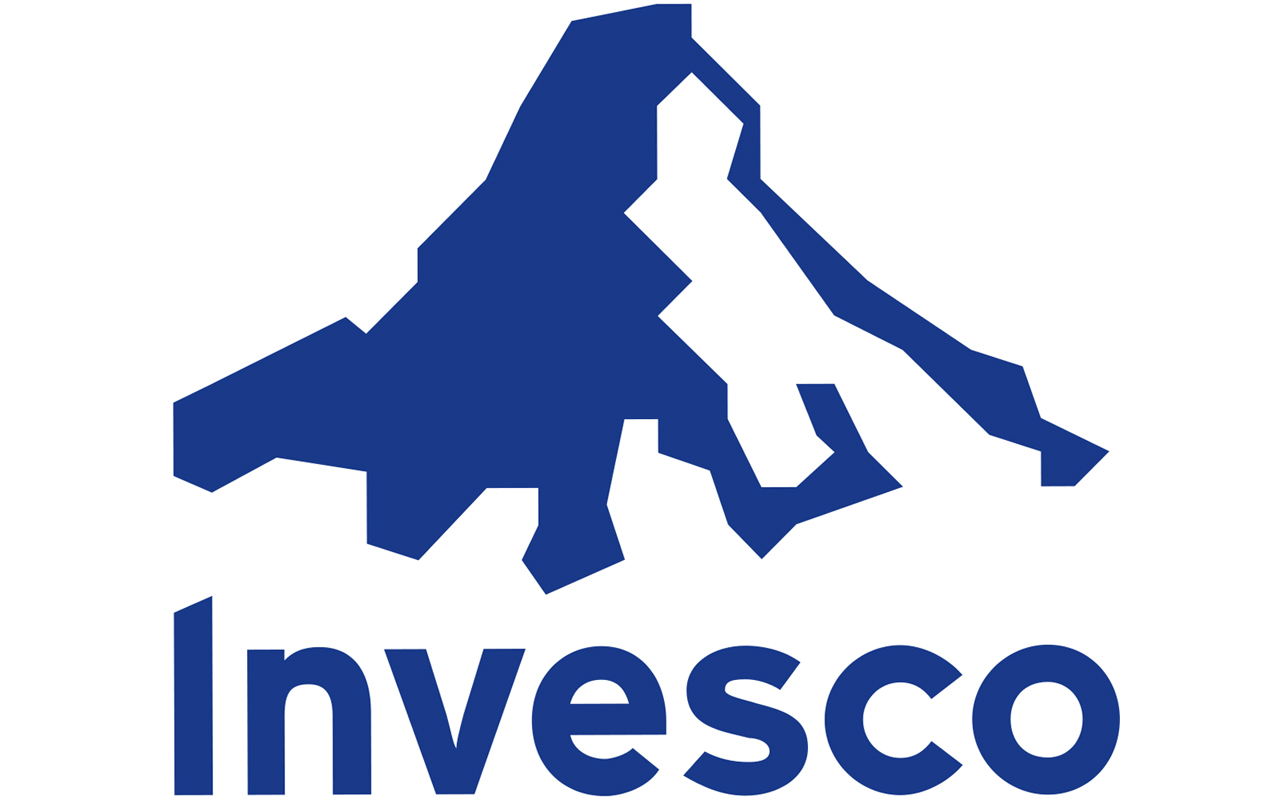
Invesco KBW Bank ETF
- Market value: $897.4 million
- Dividend yield: 2.0%
- Expenses: 0.35%
- Invesco KBW Bank ETF (KBWB, $51.86) is a much more focused fund than many of the previous entries. Rather than investing in a wide swath of financial-sector stocks, KBWB invests primarily in money-center institutions, regional banks and thrifts. The scant portfolio of 24 stocks is far more concentrated than the T. Rowe Price fund.
That said, the top 10 holdings aren’t nearly as overweighed as you’d imagine for such a small portfolio. Top holdings U.S. Bancorp (USB), JPMorgan Chase and Wells Fargo (WFC) each make up more than 8% of the portfolio – considerable, but not nearly as top-heavy as, say, Amazon in the consumer discretionary funds. Other top holdings include regional banks such as BB&T (BBT) and PNC Financial (PNC).
KBWB’s 0.35% net expense ratio makes it more affordable than the T. Rowe Price product. Meanwhile, its three- and five-year average returns have beaten both its benchmark and PRISX.

iShares U.S. Aerospace & Defense ETF
- Market value: $5.2 billion
- Dividend yield: 1.1%
- Expenses: 0.43%
The industrial sector broadly includes companies in the aerospace, construction, electrical equipment and heavy machinery industries, and it tends to be cyclical.
The iShares U.S. Aerospace & Defense ETF (ITA, $189.51) is one of the more targeted funds in the sector, investing primarily in companies that manufacture commercial and military aircraft and other defense equipment. Because of the niche mandate, ITA’s portfolio has just 36 stocks, including large positions in Boeing (BA, 11.3%), United Technologies (UTX, 9.9%) and Lockheed Martin (LMT, 7.5%). Turnover of 14% is as low as you’d expect given that there aren’t many stocks for ITA to cycle in and out of.
This index fund unsurprisingly performs very closely to the index, including an 18.7% average annual return over the past decade. Meanwhile, its expenses are just slightly below the category average of 0.47%.
This fund has earned a top five-star rating from Morningstar due to its ability to deliver above-average returns at an average level of risk.

Industrial Select Sector SPDR
- Market value: $11.2 billion
- Dividend yield: 2.0%
- Expenses: 0.13%
The Industrial Select Sector SPDR (XLI, $70.24) is a more diversified sector index fund that offers exposure to all the industrial stocks within the S&P 500. While it heavily invests in aerospace and defense stocks (26.8%), it also provides wide access to other industries, including machinery (16.2%), road & rail (11.0%), air freight & logistics (7.5%) and electrical equipment (5.3%).
The 70-stock portfolio includes large weights in ITA holdings Boeing (8.0%), United Technologies (4.7%) and Lockheed Martin (3.4%), but also other companies such as conglomerate 3M (MMM, 5.5%), railroad operator Union Pacific (UNP, 5.1%) and shipping firm United Parcel Service (UPS, 3.6%).
XLI’s performance has trailed ITA, largely because of its lower exposure to the red-hot aerospace and defense industries. Though it does boast a slightly better average annual performance over the past decade (14.4%) compared to the S&P 500 (14.1%). It also boasts an ultra-low 0.13% expense ratio and decent 2% yield, paid quarterly.

Vanguard Real Estate Index
- Market value: $56.7 billion
- Dividend yield: 4.4%
- Expenses: 0.12%
Investors can add property exposure to their portfolios via real estate investment trusts (REITs) – publicly traded companies that own and sometimes operate real estate properties.
- Vanguard Real Estate Index (VGSLX, $133.26) offers real estate exposure across several types of REITs. Roughly a third of the fund is a mish-mash of “specialized” REITs, but there are also concentrations in retail (15.2%), residential (13.6%) and office (10.3%) real estate. The company’s 184-stock portfolio is led by holdings such as American Tower and fellow telecommunications-infrastructure play Crown Castle International (CCI), mall giant Simon Property Group (SPG) and self-storage leader Public Storage (PSA).
Turnover in VGSLX’s portfolio is exceedingly modest at just 6.1% and the fund’s 0.26% expense ratio is a fraction of the 1.2% average expense ratio average for the REIT fund category, according to Vanguard. The 0.12% expense ratio is offered on both the Admiral Shares – the only share class available for this mutual fund, following a recent cost-lowering move by Vanguard – and the exchange-traded fund version (VNQ). That’s 90% lower than similar ETFs, Vanguard says.
Meanwhile, the high yield reflects the income-happy nature of REITs. Real estate investment trusts, by mandate, must dole out at least 90% of all taxable income in the form of dividends to shareholders. Thus this tends to be one of the highest yielding sectors year in and year out.

Fidelity Real Estate Investment Portfolio
- Market value: $3.8 billion
- Dividend yield: 2.0%
- Expenses: 0.76%
- Fidelity Real Estate Investment Portfolio (FRESX, $41.73) also owns various types of REITs, but with different emphases than the Vanguard fund. For instance, industrial REITs (31.5%) carry far more weight than in VGSLX, followed by a 26.5% weight in residential and 17.9% in retail.
FRESX also has a narrower portfolio of 44 stocks, with more than half the weight coming in the top 10 holdings. Up top are logistics REIT Prologis (PLD), Simon Property and luxury apartment REIT UDR Inc. (UDR).
This fund came to life 32 years ago, and manager Steven Buller has been at its helm for more than two decades, trading a bit more than Vanguard’s fund at 20% turnover annually – but that’s still not much.
FRESX’s expenses are higher than the Vanguard fund, but still well below the average 1.33% expense ratio for the REIT fund category. Also, the fund selection here has resulted in a smaller dividend of about 2% currently, also paid quarterly. But on the upside, Fidelity Real Estate Investment Portfolio has outmatched its Vanguard competitor over the long haul, with better average five-, 10- and 15-year annual returns.

iShares Global Infrastructure ETF
- Market value: $2.6 billion
- Dividend yield: 3.2%
- Expenses: 0.47%
Utility stocks and infrastructure companies often offer rich dividend yields and defensive characteristics that are the result of stable demand for utilities and government spending on infrastructure during economic downturns
iShares Global Infrastructure ETF (IGF, $40.92) owns shares of transportation, communication infrastructure, water and electricity services companies worldwide. The 74-stock portfolio is truly global in nature, with a roughly 60% exposure to international companies, including 9.7% in Australian stocks and another 9.1% invested in Canadian firms.
The fund isn’t too top-heavy, with the top 10 holdings – which include Australian toll road operator Transurban Group, Spanish airport operator Aena and American utility NextEra Energy (NEE) – at just more than a third of the fund’s weight.
This is no hot grower, delivering mid- to high-single-digit average annual returns over most time periods. The expense ratio is below the 0.54% category average, however, and its 0.7% equity beta
The ETF’s 0.46% expense ratio is below the 0.57% average for the infrastructure fund category, according to Morningstar. IGF has an equity beta of 0.55, signaling it’s roughly half as volatile as the broader U.S. stock market – a byproduct of the exposure to utilities and international stocks.
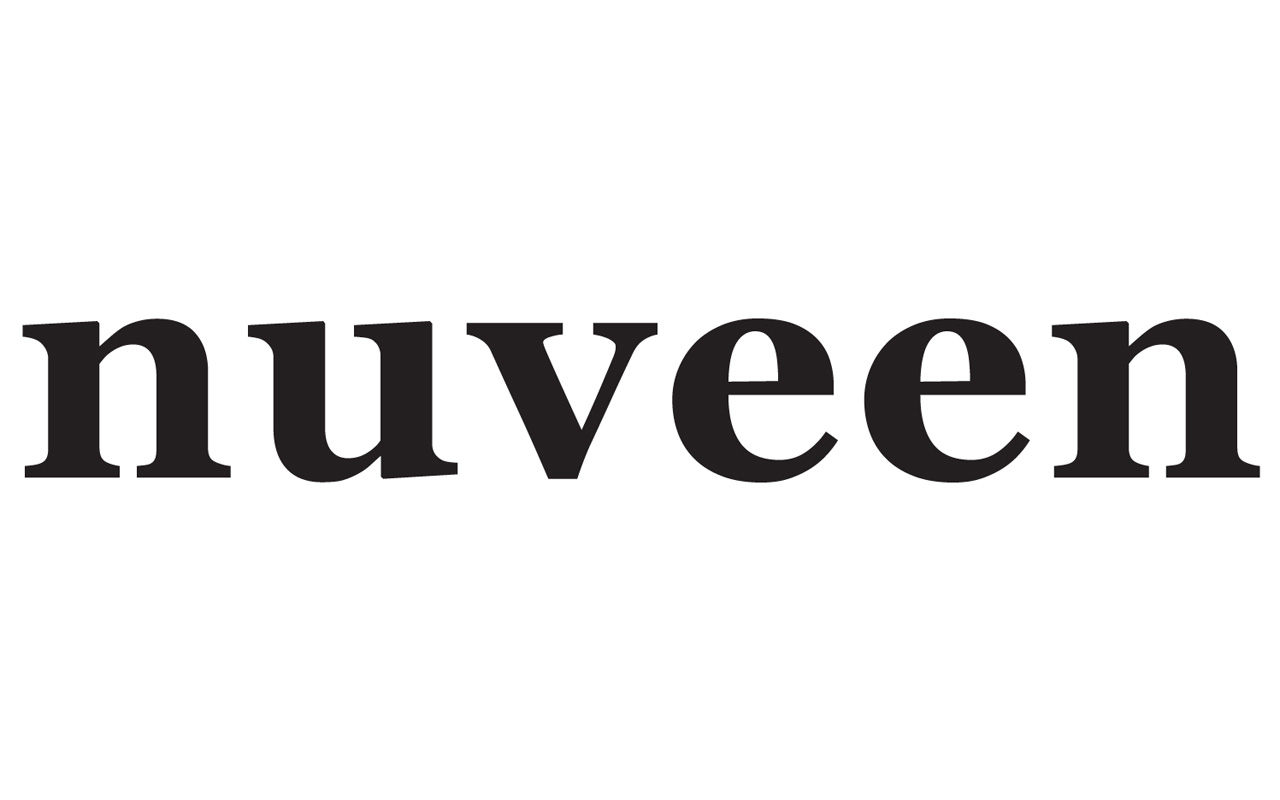
Nuveen Global Infrastructure
- Market value: $484.3 million
- Dividend yield: 2.4%
- Expenses: 1.22%
- Nuveen Global Infrastructure (FGIAX, $10.28) earns a four-star ranking from Morningstar for its above-average returns, but is considered somewhat risky because of a high 161% turnover rate in its portfolio. The fund has returned 6.3%, 5.8% and 10.7% annually on average over the past three, five and 10 years, respectively – all better than the IGF.
Of course, it also has a 0.97% expense ratio, which is more than double IGF’s fees but still below average for the infrastructure fund category. Dividends are also infrequent, paid out just twice a year.
This is a more diverse fund than IGF, though. FGIAX holds 142 stocks, with many of the same top holdings
FGIAX has 138 stocks in its portfolio, which is nearly twice the number of stocks of the iShares ETF. The top holdings of both funds are similar – Transurban, AENA and NextEra all make appearances, as do Canada’s Enbridge (ENB), Italy’s Atlantia and America’s Duke Energy (DUK). They’re also similarly weighted up top, with the 10 largest holdings comprising 32% of the fund’s weight.
Note: This fund’s A share class also charges a maximum sales load of 5.75%. Other share classes have different loads and fees.
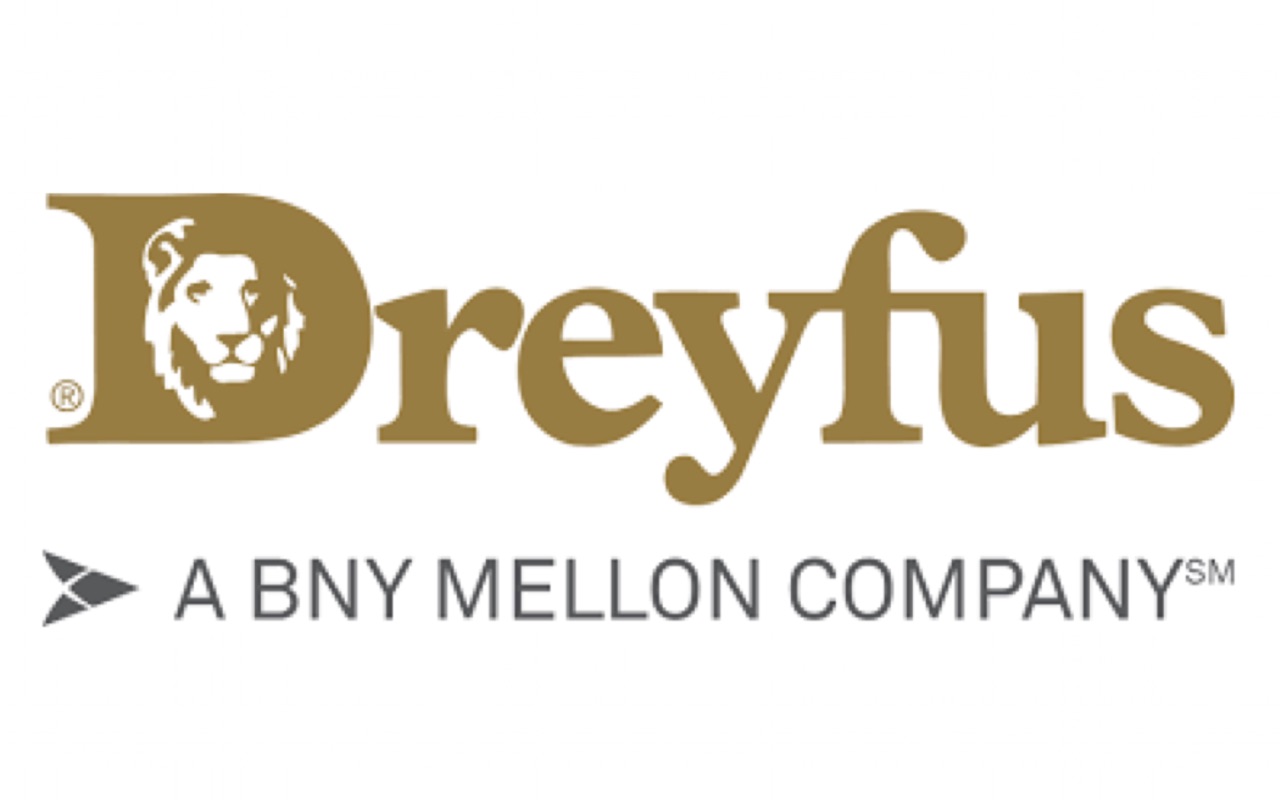
Dreyfus Natural Resources
- Market value: $385.8 million
- Dividend yield: 0.4%
- Expenses: 1.35%
Materials stocks – often dealing in metals and minerals – are naturally sensitive to commodity price swings, but they also provide desirable exposure to growth in emerging market economies.
- Dreyfus Natural Resources (DNLAX, $28.34), for instance, invests in a wide range of natural resources companies. The fund does bleed into energy stocks – nearly 20% of its portfolio is integrated-energy companies – but it also invests in metals & mining (17.9%), agriculture (15.9%), forest products & other (8.0%) and precious metals companies (6.4%), among others.
DNLAX has just 42 holdings in its concentrated portfolio, which invests 46% of its assets in its top 10 holdings. Those holdings include the aforementioned Total, as well as Brazilian miner Vale SA (VALE), Canadian fertilizer company Nutrien (NTR) and food-commodity firm Archer Daniels Midland (ADM).
According to Morningstar, this fund has been able to achieve slightly above-average returns while maintaining less-than-average risk. DNLAX’s three-, five- and 10-year annual returns – 6.9%, -0.6% and 5.6%, respectively – have beaten out the category average. Weighing a bit on those returns is a high 94% portfolio turnover.
Also, a typically small dividend is paid out annually.
Note: This fund’s A share class also charges a maximum sales load of 5.75%. Other share classes have different loads and fees.

T. Rowe Price New Era
- Market value: $3.5 billion
- Dividend yield: 2.0%
- Expenses: 0.69%
T. Rowe Price New Era (PRNEX, $35.39), which launched in 1969, is the oldest fund in the natural resources sector. This fund maintains a more diversified portfolio of roughly 140 stocks, mixed about 60% U.S. and 40% foreign. Its industry weightings are significantly different, too. Energy exploration and production companies are significant at about 20% of the fund’s weight, and after that are chemicals (17.4%), integrated energy companies (15.1%) and energy services companies (14.3%), with smaller smatterings of mining, ag and even utility stocks.
This probably is the least sector-faithful sector fund of the bunch, in fact. But it has returned about 9.1% annually on average since inception.
As for the portfolio, it’s not very concentrated up top, with the 10 biggest holdings only making up about 27% of the fund’s weight. Those holdings include the likes of Concho Resources (CXO), Air Products & Chemicals (APD) and Atmos Energy (ATO).
With an expense ratio of only 0.69%, PRNEX is more affordable than the Dreyfus fund. Its performance slightly lags that of DNLAX in most time periods, though it has a slight advantage over the past year.
Get Kiplinger Today newsletter — free
Profit and prosper with the best of Kiplinger's advice on investing, taxes, retirement, personal finance and much more. Delivered daily. Enter your email in the box and click Sign Me Up.

Lisa currently serves as an equity research analyst for Singular Research covering small-cap healthcare, medical device and broadcast media stocks.
-
 6 Stunning Waterfront Homes for Sale Around the US
6 Stunning Waterfront Homes for Sale Around the USFrom private peninsulas to lakes, bayous and beyond, Kiplinger's "Listed" series brings you another selection of dream homes for sale on the waterfront.
By Charlotte Gorbold Published
-
 Six Reasons to Disinherit Someone and How to Do It
Six Reasons to Disinherit Someone and How to Do ItWhether you're navigating a second marriage, dealing with an estranged relative or leaving your assets to charity, there are reasons to disinherit someone. Here's how.
By Donna LeValley Published
-
 The Cheapest Places To Retire in the US
The Cheapest Places To Retire in the USWhen you're trying to balance a fixed income with an enjoyable retirement, cost of living is a crucial factor to consider.
By Stacy Rapacon Published
-
 Can Stocks Picked by Artificial Intelligence Beat the Market? 3 Stocks to Watch
Can Stocks Picked by Artificial Intelligence Beat the Market? 3 Stocks to Watchstocks An artificial intelligence stock-picking platform identifying high-potential equities has been sharp in the past. Here are three of its top stocks to watch over the next few months.
By Dan Burrows Last updated
-
 5 Stocks to Sell or Avoid Now
5 Stocks to Sell or Avoid Nowstocks to sell In a difficult market like this, weak positions can get even weaker. Wall Street analysts believe these five stocks should be near the front of your sell list.
By Dan Burrows Published
-
 Best Stocks for Rising Interest Rates
Best Stocks for Rising Interest Ratesstocks The Federal Reserve has been aggressive in its rate hiking, and there's a chance it's not done yet. Here are eight of the best stocks for rising interest rates.
By Jeff Reeves Last updated
-
 The 5 Safest Vanguard Funds to Own in a Volatile Market
The 5 Safest Vanguard Funds to Own in a Volatile Marketrecession The safest Vanguard funds can help prepare investors for continued market tumult, but without high fees.
By Kyle Woodley Last updated
-
 The 5 Best Inflation-Proof Stocks
The 5 Best Inflation-Proof Stocksstocks Higher prices have been a major headache for investors, but these best inflation-proof stocks could help ease the impact.
By Louis Navellier Published
-
 5 of the Best Preferred Stock ETFs for High and Stable Dividends
5 of the Best Preferred Stock ETFs for High and Stable DividendsETFs The best preferred stock ETFs allow you to reduce your risk by investing in baskets of preferred stocks.
By Kyle Woodley Last updated
-
 What Happens When the Retirement Honeymoon Phase Is Over?
What Happens When the Retirement Honeymoon Phase Is Over?In the early days, all is fun and exciting, but after a while, it may seem to some like they’ve lost as much as they’ve gained. What then?
By T. Eric Reich, CIMA®, CFP®, CLU®, ChFC® Published
